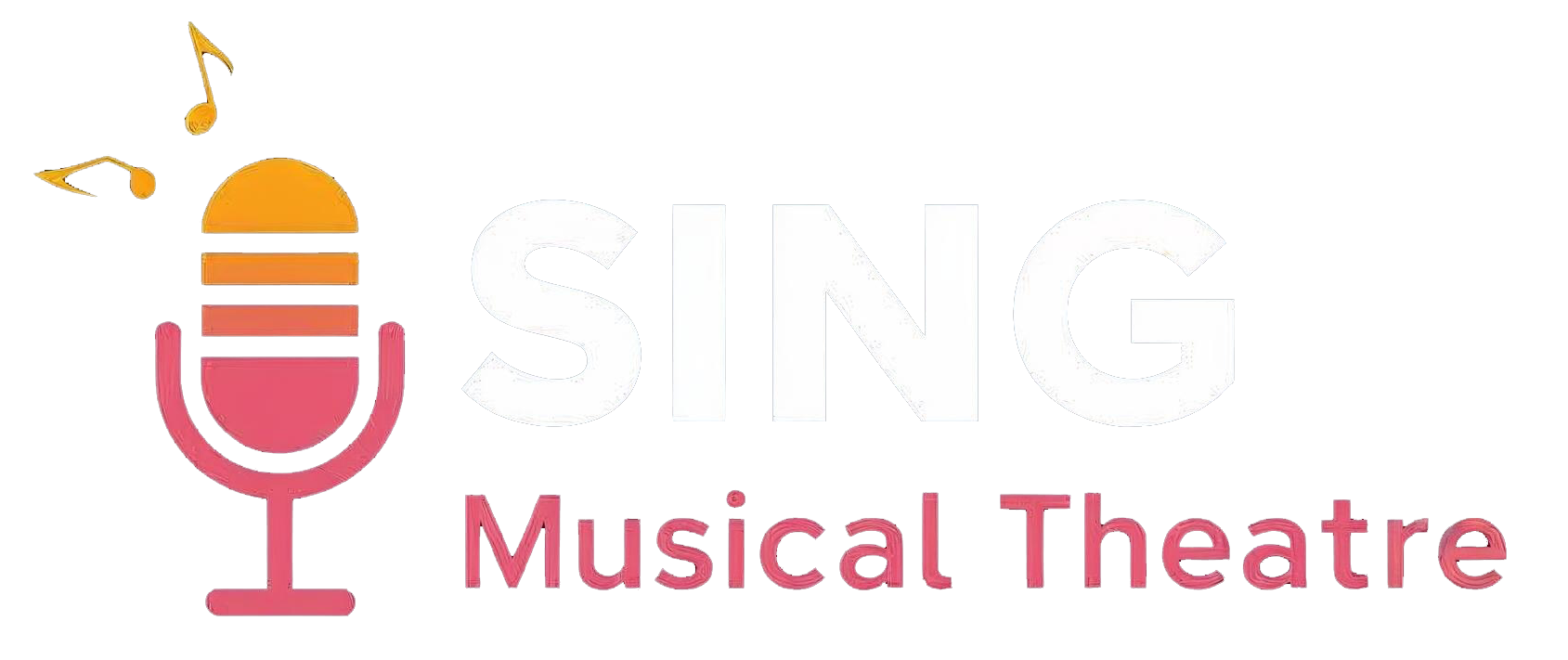Acting Technique
Lee Strasberg’s Method for Musical Theatre
Translate Strasberg’s tools into repeatable actions that honor music, protect the voice, and deliver specific truth eight shows a week.
Book a free 30‑minute consultationWhy Method for musical theatre
Strasberg centers truthful behavior sourced from lived experience and sensory detail. Musical theatre adds fixed tempo, pitch targets, choreography, and amplification. The solution is to convert inner work into breath‑anchored, tempo‑reliable actions that never compromise vocal efficiency.
Core Strasberg principles adapted for singers
Relaxation
Run a daily chair or floor sequence that releases jaw, tongue, neck, shoulders, ribs, and hips. Pair each release with a slow silent inhale to lateral ribs and a low, unforced sigh.
Concentration
Channel attention into score‑locked tasks: where eyes land on each phrase start, what prop texture feels like under fingers, which step of choreography initiates breath.
Sense Memory
Choose neutral or positive sensory cues that widen breath and stabilize phonation—steam on a mug, cool doorway shade, cotton sleeve. Use for pre‑phrase priming.
Affective Memory
Use sparingly and only if it reduces, not increases, laryngeal tension. Prefer light‑touch associations. If arousal spikes, switch to substitution and playable actions.
Substitution
Replace the lyric’s “you” with a real person. State a concrete objective (e.g., “get you to stay”). Keep voice release identical on every repetition.
Private Moment
Rehearse the song as if unobserved to find organic behaviors. Then edit for stage grammar and mic technique without losing the spine of the moment.
Song‑rehearsal process
- Score the action: Write a 7‑word objective for the song. Break phrases into beats with tiny verbs (“disarm,” “confess,” “challenge”).
- Breath map: Mark pickups, suspensions, and releases. Tie each to a physical action that promotes airflow, not throat effort.
- Choose safe cues: One sensory cue that calms and one that sharpens focus. Rehearse them silently in tempo.
- Substitution pass: Assign a real target. Test clarity at mezzo piano before increasing intensity.
- Private moment run: Remove audience awareness. Capture specific behaviors that remain playable when staged.
- Staging integration: Reintroduce choreography. Keep breath initiation attached to the same physical anchor each time.
- Performance cue stack: Before entrance, run three triggers in order: physical drop, sensory cue, objective tagline.
Targeted exercises for singers
60‑Second Chair Relaxation
- Feet grounded; release jaw and tongue on a silent inhale.
- Shoulders melt; ribs widen; exhale on a loose “vvv.”
- Repeat twice; notice breath depth, not drama.
Sensory Priming
Hold a warm mug before a ballad, or touch a cool prop edge before a patter section. Associate the sensation with the first sung vowel.
Objective Taglines
Reduce the objective to a whispered 3–5 word phrase. Whisper it on the breath right before the vamp begins.
Substitution Switchboard
Prepare three viable substitutions. If one spikes emotion beyond control, switch to the next at the next barline.
Consistency across eight shows a week
- Pre‑show: 3‑minute relaxation, 60‑second sensory cue, objective tagline rehearsal.
- Onstage: Breath markers aligned to downbeats; eye‑focus map for each phrase start.
- Post‑show: Two‑line journal: what cue landed, what to reset. No rumination.
Safety and scope of practice
Guardrails: Method tools should never produce throat constriction, jaw clench, or breath holding. If affective memory elevates distress or destabilizes pitch, stop and pivot to substitution and physical actions. For trauma‑related material, work with qualified supervision.
Common pitfalls and fixes
Pitfall: Indulgence
Fix: Replace “feel more” with a measurable action and a breath cue you can time in a metronome.
Pitfall: Inconsistent vocals
Fix: Re‑attach emotion to airflow. Keep vowel shapes; let stakes ride on breath energy, not throat pressure.
Pitfall: Over‑personalization
Fix: Use lighter substitutions or neutral sense memories. Maintain the story’s circumstances.
Pitfall: Tempo drift
Fix: Embed cues that fit inside barlines. Practice with a click and the show’s vamp length.
FAQ
Is Method acting safe for singers?
Yes, when you prioritize breath flow and repeatable cues over unmanaged catharsis. If stress increases, pivot to substitution and physical actions.
What Strasberg tools translate best to musical theatre?
Relaxation, concentration, sense memory, substitution, private moment, and personalization of objectives, all mapped to the score.
How do I stay consistent across eight shows?
Run a short pre‑show routine, use a three‑cue stack before entrances, and keep breath markers tied to specific beats.
Can I use affective memory with heavy material?
Use with caution and supervision. Prefer sense memory and substitution if affective work destabilizes technique.
Does Method work in comedy or heightened styles?
Yes. Ground jokes in specific actions and breath‑timed impulses. Precision reads as truthful and funny.
Work this into your audition book
Apply these tools to two contrasting songs and a 32‑bar cut. If you want feedback on personalization, breath mapping, and cue stacks, schedule a session.

